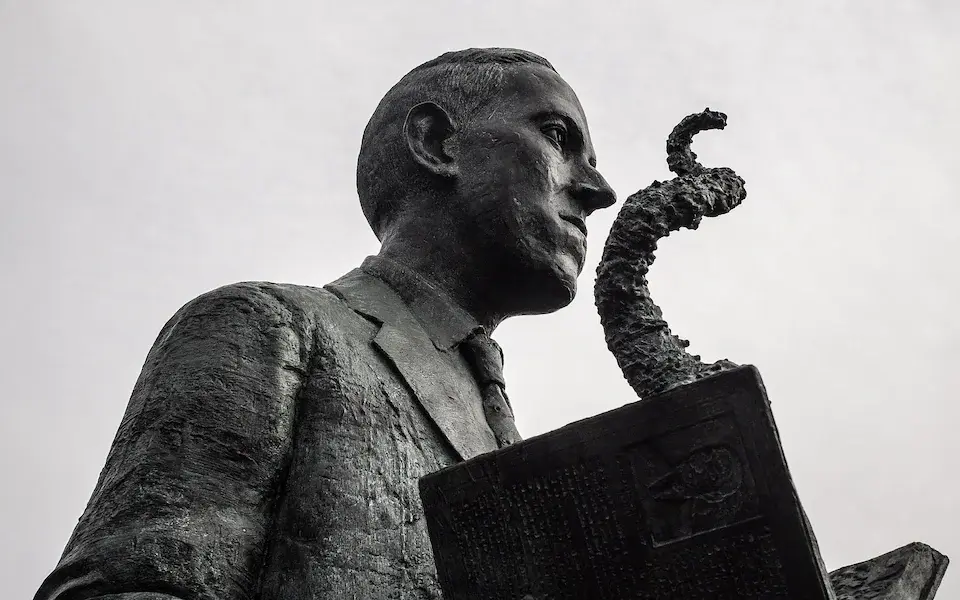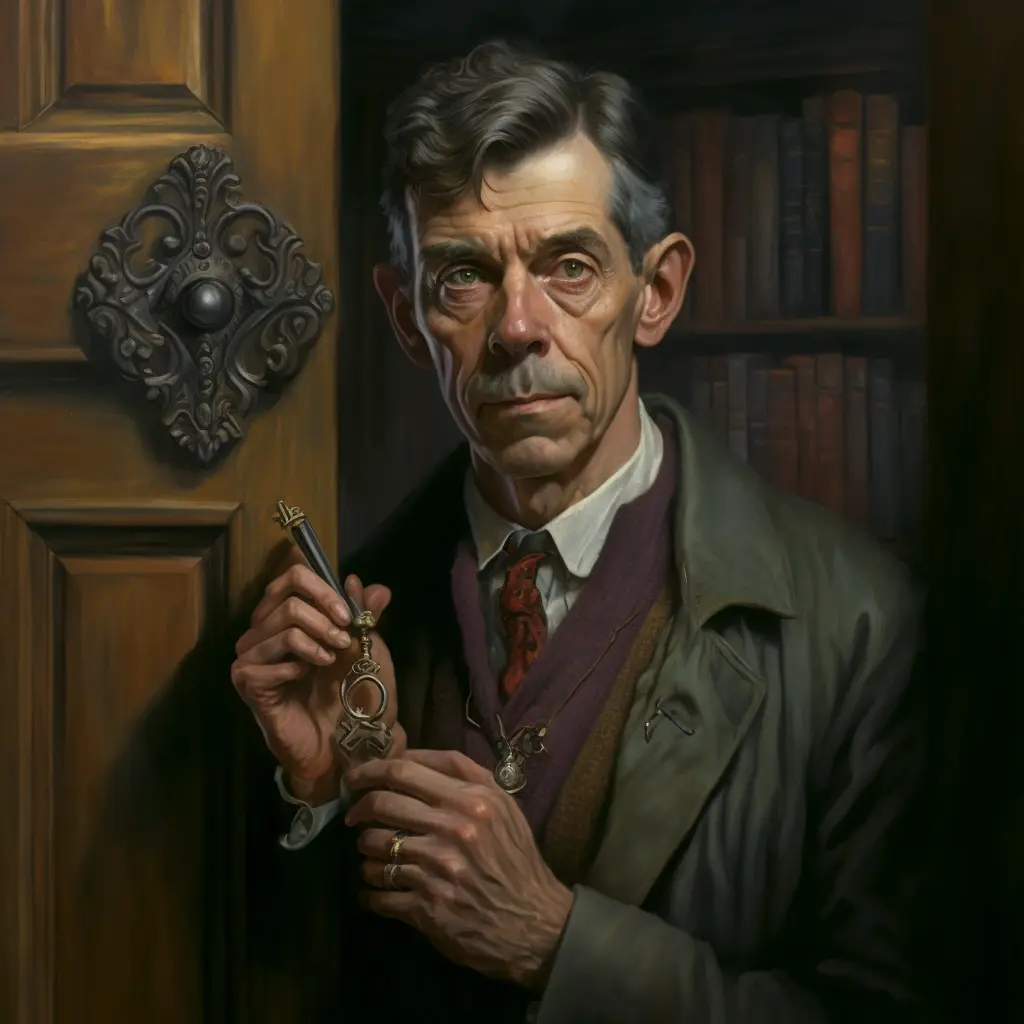Greetings fellow seekers of the Unknown and Unnameable. To help kick off this community I propose the formation of a casual book club exploring the works of H.P. Lovecraft.
The Dream Cycle
I have chosen the Dream Cycle as the body of work which we will study. This collection consists of 22 short stories and novellas (discounting the posthumous "The Thing in the Moonlight" based on a letter of Lovecraft). In the Dream Cycle we are introduced to many notable characters in Lovecraft's mythos, Including Nyarlathotep, Yog-Sothoth, Azathoth, and Randolph Carter.
Through the Dream Cycle we will explore the bizarre warped spacetime of the Dreamlands, and its intersections with our own waking world.
Goals of the Book Club
The main goal of the book club is to encourage Lovecraft fans, whether neophytes or seasoned veterans, to read and enjoy the work of H.P. Lovecraft. Our primary method of encouraging engagement with the literature will be by weekly assignment of modest reading goals, followed by a discussion of the material the following week.
While united in our love for Lovecraft, we as readers come from a diverse set of lifestyles and thus have differing amounts of time available for reading. I will begin with the provisional goal of no more than 50 pages per week or 2 short stories, whichever proves shorter. This should provide a manageable goal for someone with only a brief period to read before bed, and allow an avid reader to supplement their regular reading with a sojourn into the Dreamlands.
Reading will be done in writing order, rather than any chronological order devised by Lovecraft scholars.
Reading Lovecraft
The majority of Lovecraft's work is now in the public domain (with the exception of his collaborations with C.M. Eddy). Therefore, the majority of his work can be found via public archives. The Arkham Archivist has done a wonderful job of collating Lovecraft's works and providing them in a variety of formats. Notably, this collection excludes collaborative works and thus does not include the final story in the Cycle, Through the Gates of the Silver Key which can be found via the e-books directory.
For audiobook listeners a variety of options are available. Most works can be found in audio format via the lovely volunteers at LibriVox. Many horror fiction YouTubers provide high quality audio recordings, sometimes including foley, and are a simple search away.
Many iterations of Lovecraft's work have been published in physical and audiobook format under various companies and while I offer no endorsement of individual products, I advise buyers to look for products which contain the complete works of Lovecraft. This will usually be advertised in the title or description of the book.
Reading for this Week
This week we begin our adventure in to the world of dreams with two short stories.
Our first short story is Polaris, written in 1918. The full text is available on the Internet Archive here, and a LibriVox recording is available here.
Our second short story is The White Ship, written in 1919. The full text is available via the same link above, and a librivox recording is available here.



Baldur’s Gate is part of a setting several decades older than the game franchise of the same name. It was an official setting of D&D a decade before the first game. In the sense of a ROLEPLAYING game, fidelity to the source material is paramount.
The original games were developed at the end of the life cycle of the edition they used for the mechanics. The ruleset got a major revision the same year BG2 was released. There have been several major editions since. Edition warring aside, no one can argue that the Forgotten Realms played in 5th edition isn’t the same Forgotten Realms played in AD&D 2E. The tone and continued narrative of the setting is the key feature in maintaining the soul of a property, not mechanical fidelity.
The game respects the official canon of the Forgotten Realms, including the canonical ending to BG2 where Gorion’s Ward rejected divinity and eventually led to Bhaal’s revival. Characters from the original series return as companions for BG3, with stories acknowledging the Bhaalspawn crisis. One of the origin playthroughs is the exact same story as the first Baldur’s Gate.
If your only complaint is lack of real time with pause then I reckon it’s you who isn’t the real Baldur’s Gate fan.